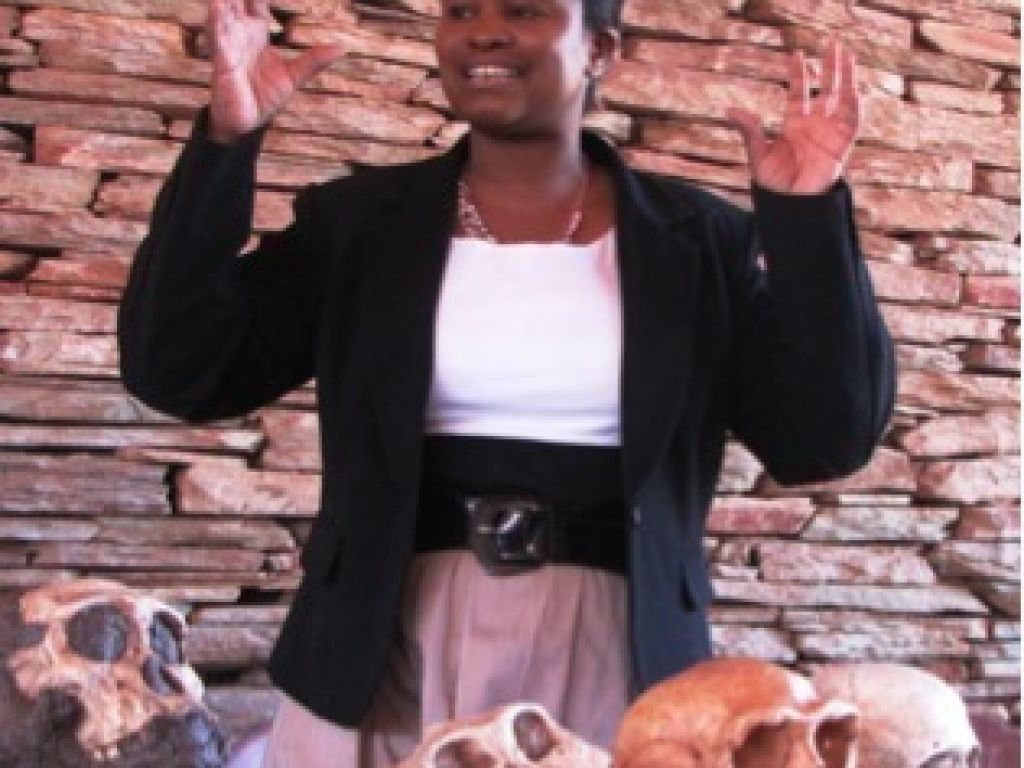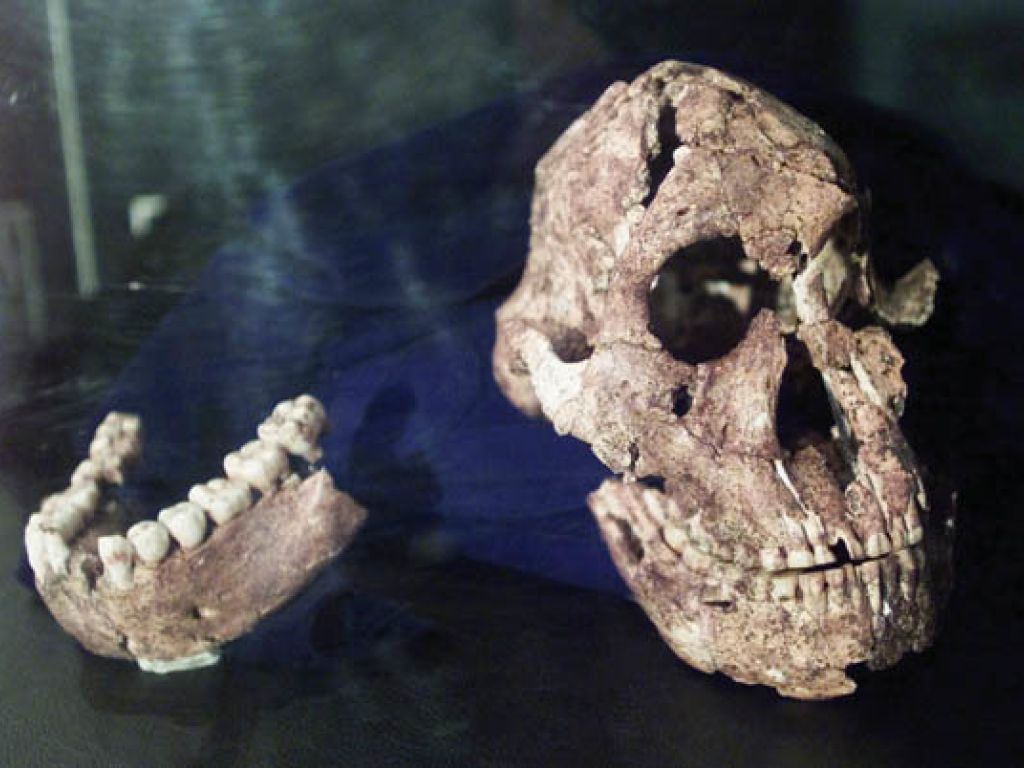Celebrating our early female ancestors – the women of the Cradle

National Women’s Day (9 August) is a day for celebrating the women of our country, a day to honour those who marched South Africa towards the realisation of a gender-equal society.
“It’s impossible to think of National Women’s Day without remembering the bravery of women like Helen Joseph, Rahima Moosa, Sophie Williams and Lilian Ngoyi,” says Lindsay Marshall, marketing and communications manager at the Maropeng visitor’s centre.
“Of course, we also honour the memory of the countless nameless women who have played a role in the emancipation of women.
“At Maropeng, we celebrate prehistoric man – and woman, of course – and we are lucky in that we have found the remains of several women who are ancestors of modern humans, or species close to humans. These finds have given us some insight into the important role women played in society, even at the beginning of time.”
Dr Sara Blaffer Hrdy, hailed the leading scientific authority on motherhood and author of the book Mothers and Others: The Evolutionary Origins of Mutual Understanding, attributes our survival as a species to a small adaptation our early female ancestors made in the way they raised their children, namely mothers who started to allow others to hold and help with the care of their young.
Dr Hrdy believes that this small behavioural change was responsible for the evolution of some of the signature attributes of humans, including empathy, co-operation, even our large brains.
“The discovery of Australopithecus sediba, found in the Malapa fossil site in the Cradle of Humankind, is of vital importance in terms of piecing together the evidence for human evolution in Africa,” says Professor Francis Thackeray, of the Evolutionary Studies Institute at the University of the Witwatersrand.
He goes on to say that “many people believe that the fossil evidence from Malapa includes a young adolescent and its mother, who died together almost two million years ago”.
Australopithecus sediba was discovered in 2008 by Dr Lee Berger. It is one of several important finds in the area, one of the most famous find being that of the 2.1-million year-old fossil skull, Australopithecus africanus, famously known as Mrs Ples. These finds are significant because they constitute further proof of the view that humankind was born in Africa.

Another famous Cradle of Humankind female is Eurydice, an Australopithecus robustus fossil found near the Sterkfontein Caves. Eurydice is part of a pair; her fossil was found close to a male fossil, dubbed Orpheus. Because of the close proximity of the skulls, they might have lived and died together, so they were named after the famous Greek myth of Orpheus and Eurydice, a tragic love story.
“The fossil nicknamed Eurydice is one of the best-preserved fossils of a female Australopithecus robustus ever found,” says Professor Thackeray.
We are proud of our Cradle of Humankind women, and we’re proud of the women of South Africa.
Let’s celebrate the strong women of this country by continuing to strive for a society where women’s voices are heard, where all are treated equally, and most importantly, to have a country were women feel safe.